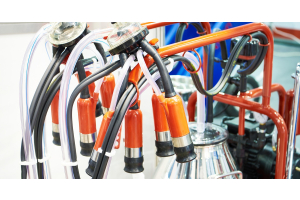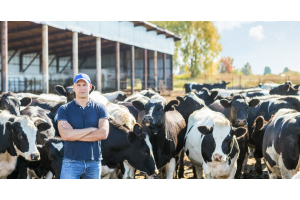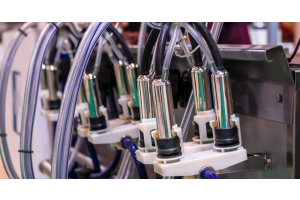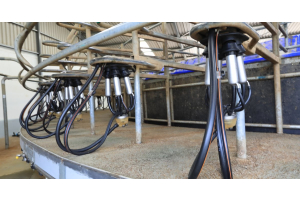How To Choose the Right Milking Bucket for Your Goat Farm
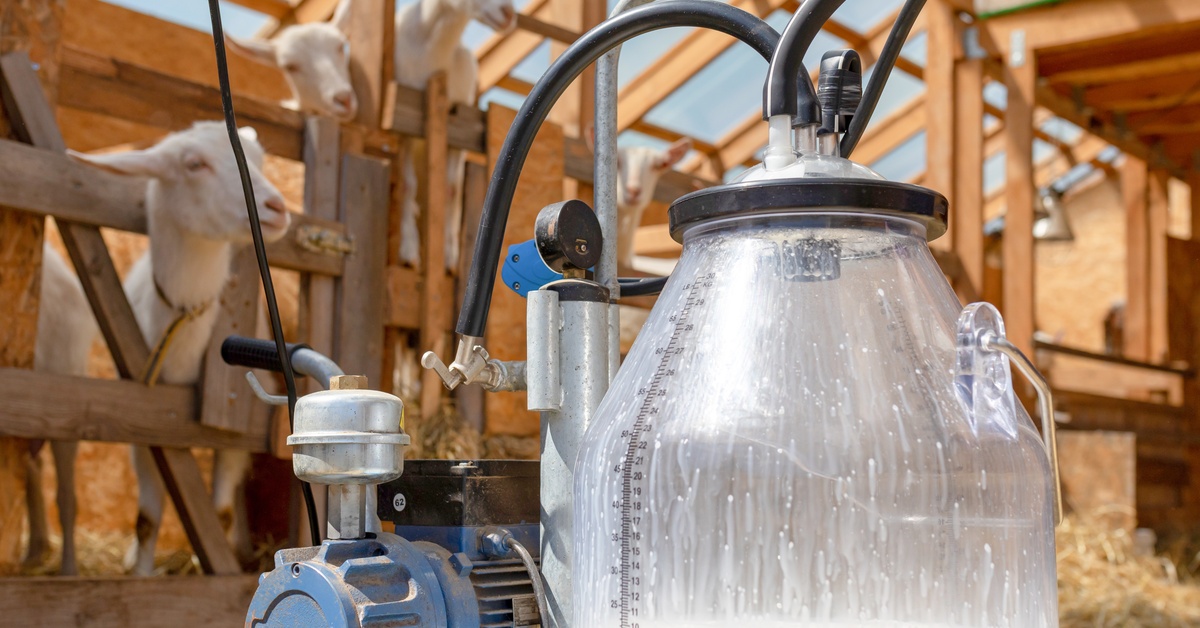
Selecting the right equipment is fundamental to maintaining a productive and hygienic goat farm. The milking bucket affects milk quality and operational efficiency. Choosing an appropriate bucket ensures that your milking process is smooth, safe for your animals, and yields the best possible product. This guide provides the essential information you need to choose a milking bucket that meets the needs of your goat farm.
Parts of Goat Milking Equipment
Efficient goat milking systems rely on several components that work together for a smooth and hygienic process. Each part plays a crucial role in extracting milk effectively while maintaining the animal’s safety and comfort.
Below is a list of essential goat milking equipment and their functions:
- Bucket: Collects the milk during the milking process; typically made of stainless steel or food-grade plastic for ease of cleaning and durability.
- Lid: Seals the bucket to prevent contamination while maintaining a hygienic environment during milking.
- Pulsator: Creates a rhythmic vacuum to mimic the natural suckling of a goat, ensuring efficient and gentle milk extraction.
- Cluster claws: The part that attaches to the goat's teats, distributing the vacuum evenly while collecting milk.
- Milk hose: Transfers the milk from the cluster claws to the collection bucket or container.
- Vacuum hose: Connects to the vacuum pump, supplying the necessary suction for the milking process.
- Vacuum Pump: Generates the suction power required for operating the milking machine system.
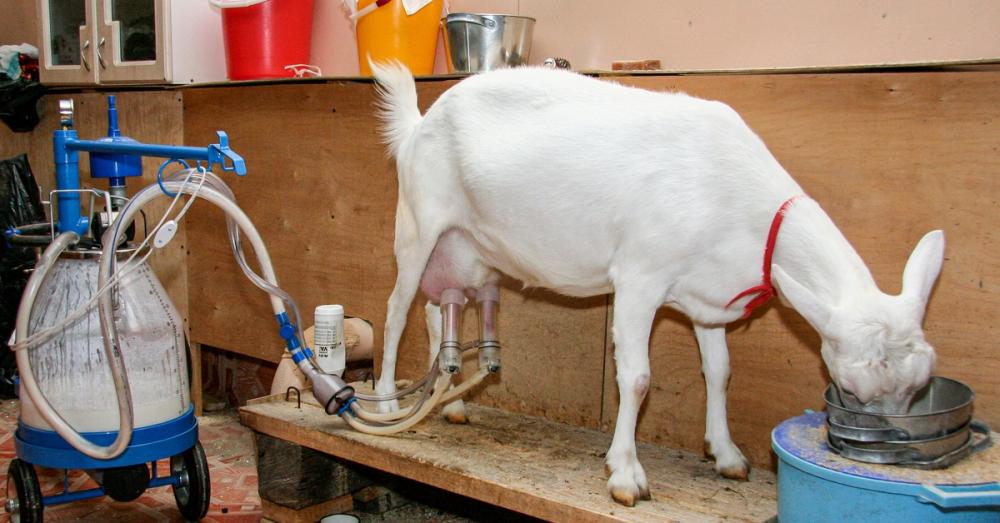
Consider Material: Stainless Steel vs. Plastic
The material influences the bucket’s durability, hygiene, and long-term value. Stainless steel is the industry standard for dairy operations due to its non-porous surface, which resists bacteria buildup and is easy to sanitize. While the initial investment is higher, its longevity and resistance to corrosion make it a cost-effective choice over time.
Plastic buckets offer a lightweight and more affordable alternative, which can be appealing for smaller farms or those just starting. However, it is important to select food-grade plastic to avoid chemical leaching into the milk. Over time, plastic can develop scratches that may harbor bacteria, requiring more frequent replacement to maintain optimal hygiene.
Determine the Ideal Capacity
The size of your milking bucket should be proportional to the number of goats you are milking and their average yield. A bucket that is too small will require you to stop and empty it mid-milking, disrupting your workflow and increasing the risk of contamination. Conversely, an oversized bucket can be unnecessarily heavy and cumbersome to handle, especially when full.
To determine the right capacity, calculate the total milk volume you expect to collect in a single milking session. For most small-scale goat farms, a three- to six-gallon bucket is often sufficient for handling a few goats at a time. This size provides ample room without becoming too heavy to carry and pour safely.
Evaluate Bucket Design and Features
Modern milking buckets come with various design features that can enhance the milking process. A seamless interior is a critical feature, as it eliminates crevices where milk residue and bacteria can accumulate, simplifying the cleaning process. Pay close attention to the construction of the bucket to ensure there are no sharp edges or rough welds.
Another important design element is the handle, which should be sturdy and ergonomically designed for a comfortable grip. Some buckets also feature a pouring spout, which allows for controlled and spill-free transfer of milk.
Understanding Pail Construction
The pail’s construction contributes significantly to its durability and performance in a farm environment. A reinforced bottom, often called a chime, adds strength and stability, preventing dents and damage when the bucket is set down. High-quality buckets will have handles that are securely welded or riveted to the body, ensuring they can support the weight of a full pail without failing.

Assess Portability and Weight
The weight and portability of the bucket are practical considerations that affect your daily comfort and efficiency. While stainless steel is heavier than plastic, there are various gauges of stainless steel available, allowing you to find a balance between durability and manageable weight.
A portable goat milker makes the entire milking process less physically demanding. Consider the distance you will need to carry the bucket from the milking parlor to your milk processing or storage area. A comfortable, well-balanced handle will reduce strain on your hands and back during transport.
Prioritize Ease of Cleaning
Maintaining sanitary conditions is non-negotiable in dairy production, so your milking bucket must be easy to clean and sanitize. The smooth, non-porous surface of stainless steel can be thoroughly cleaned, and it withstands high-temperature washing and strong sanitizers. A bucket with a wide opening allows for easy access to the interior for manual scrubbing.
Buckets with fewer seams and crevices will simplify your cleaning routine and reduce the risk of bacterial growth. Before purchasing, consider your current cleaning protocols and ensure the bucket you choose is compatible with them.
The Importance of Regular Maintenance
Regular maintenance of your milking bucket enhances its longevity and performance. Inspect the bucket frequently for signs of wear, such as dents, scratches, or loose handles, and address any issues promptly. Store your milking bucket in a clean, dry area away from direct sunlight and moisture to prevent rust or bacterial growth.
Check for Seamless Construction
Seamless construction is a key indicator of a high-quality milking bucket designed for optimal hygiene. Pails pressed from a single sheet of metal lack the internal seams, welds, or joints that can trap milk solids and bacteria. The lack of seams makes the bucket easier to clean and sanitize effectively, directly impacting milk safety.
When inspecting a bucket, examine the interior for a smooth, uniform surface. Check the point where the handle attaches to ensure it is smooth and does not create crevices. Ensure the top rim is rolled smoothly to prevent trapping particles. Finally, verify that the bottom of the bucket is free of seams or joints.
Choosing the right milking bucket is a vital step in ensuring the success and efficiency of your goat farm. By considering factors like material, capacity, and ease of cleaning, you can find the design that benefits both you and your animals. A well-chosen bucket not only simplifies your daily routine but also helps maintain the quality and safety of your milk. Invest in the right tools today to support your farm’s long-term growth and sustainability.






